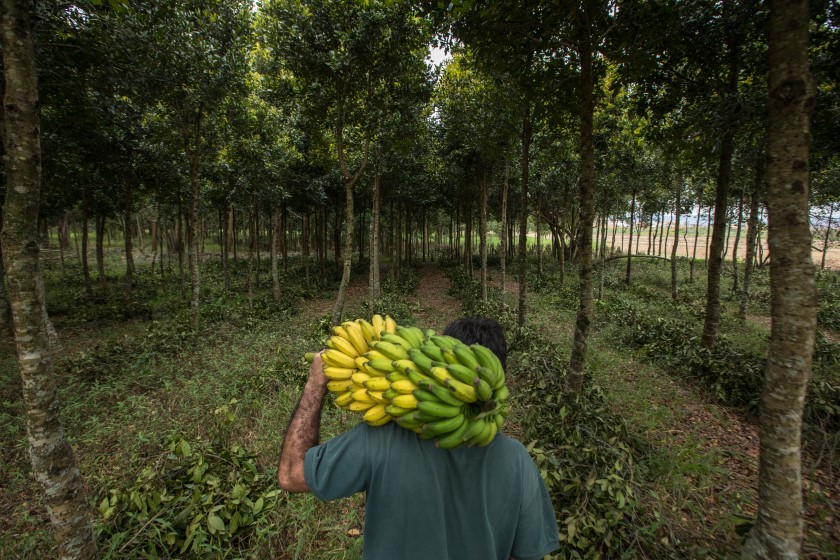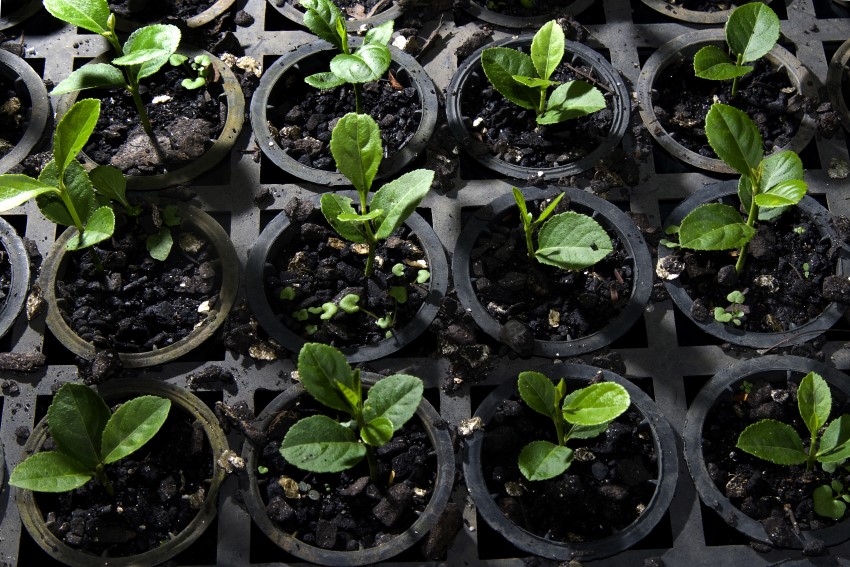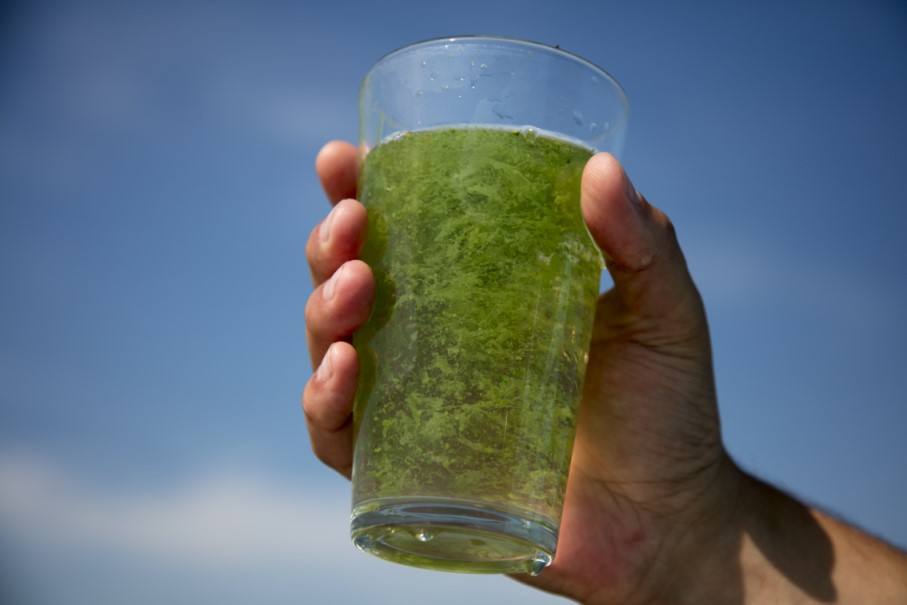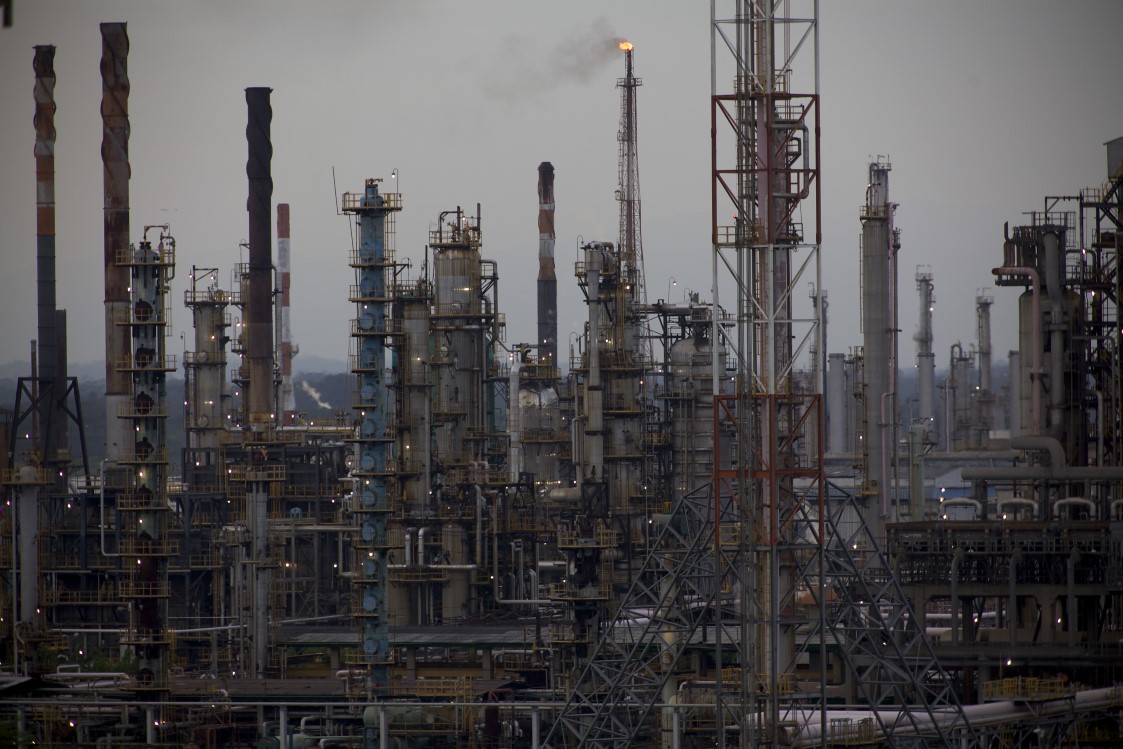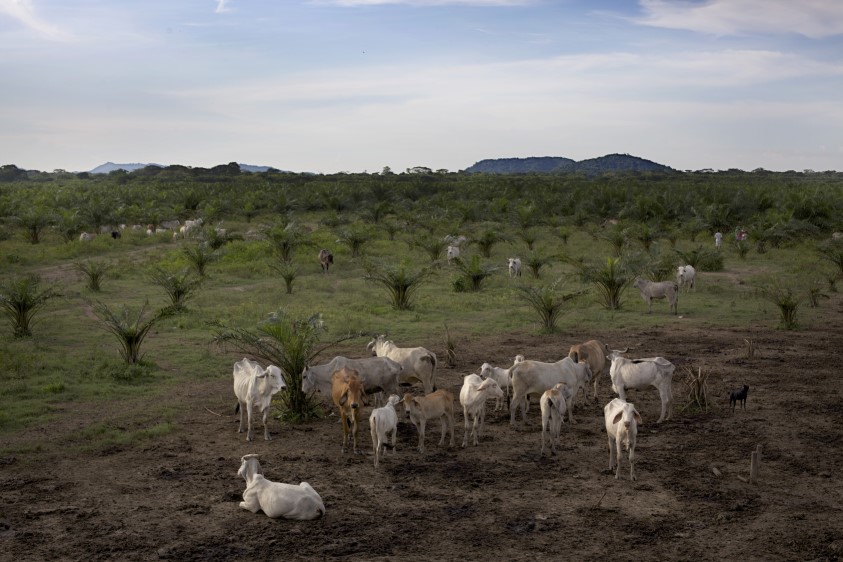Intakes:
An intake is a hydraulic structure designed to divert part of the available water from a watercourse (river, stream, or canal), from a lake or even from the sea, generally to convey the liquid to a drinking water supply system.
Show moreConnection of elements of a catchment system in WaterProof:
The representation of a catchment system makes it possible to rganize the information in the image and likeness of the infrastructure on the field. The elements of the catchment system are physical objects that fulfill a specific function for the transport of water from the water source, which are uniquely named WaterProof and have qualitative and quantitative information.
Show moreExternal Inputs:
It refers to the actions carried out to increase the availability of water in a population by transferring water from a neighboring basin and the purchase of water in bulk, among others.
Show moreCoagulation:
The water coming from the source that arrives at the treatment plant comes with suspended particles that, due to their small size, are not able to settle (fall to the bottom of the tank) because of their weight. Therefore, chemicals (coagulants) are added to the water to destabilize the particles causing them to stick to each other forming a larger one (floc) that is capable of settling. These coagulants must be dispersed in the water quickly and uniformly.
Show moreFlocculation:
Once the rapid mixing is done, the water is led to the flocculation tank where the particles begin to join with each other forming larger one called floc. In this structure, the gentler agitation (slow mixing) than in coagulation (fast mixing) plays an important role since the formation of the floc depends on it.
Show more